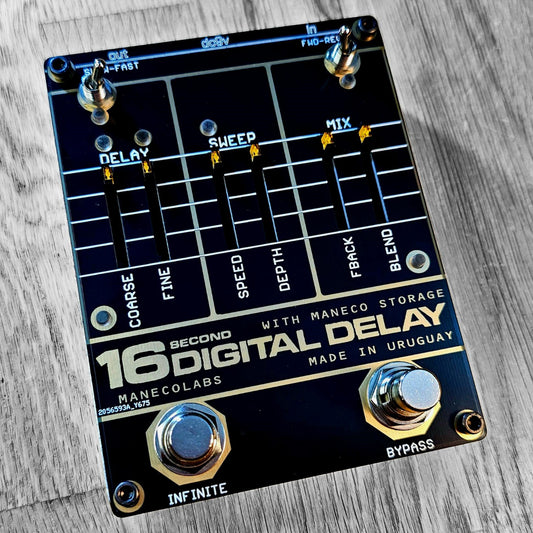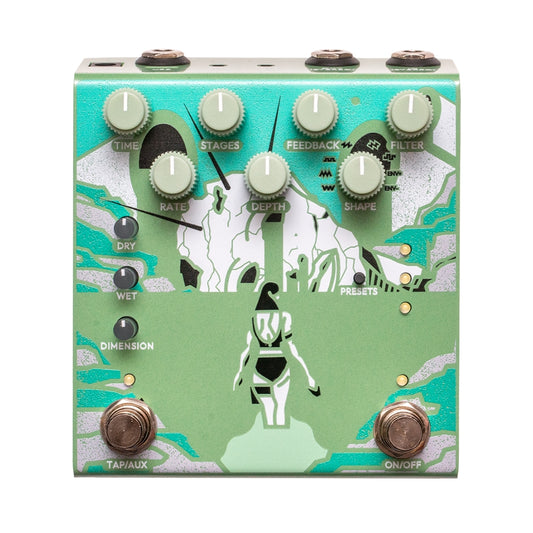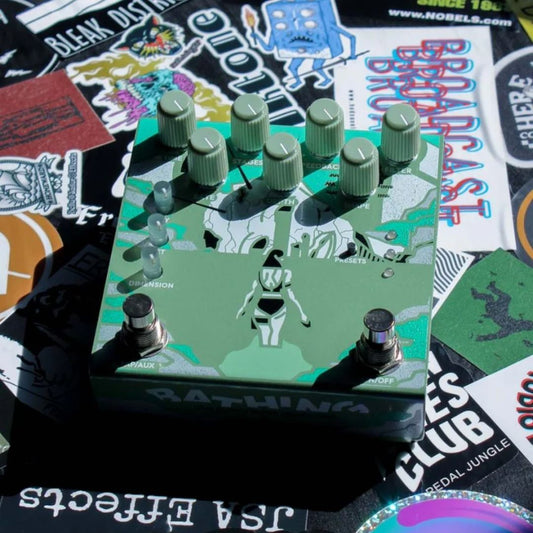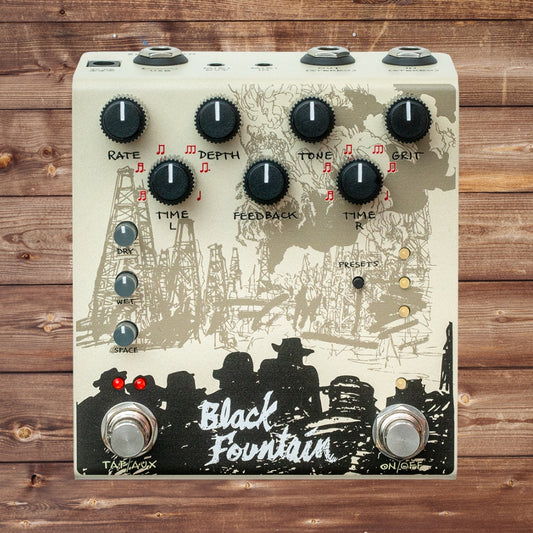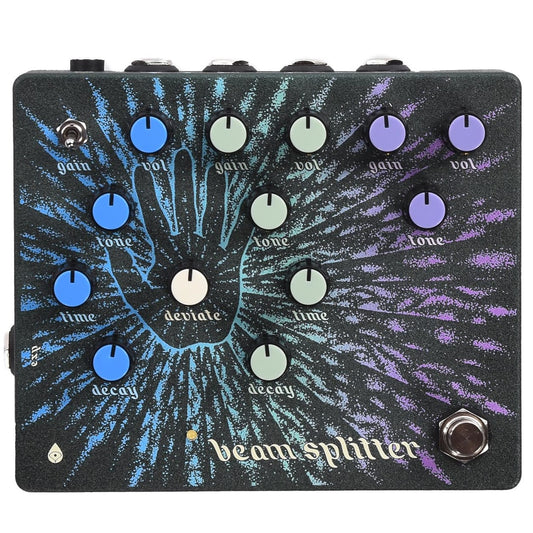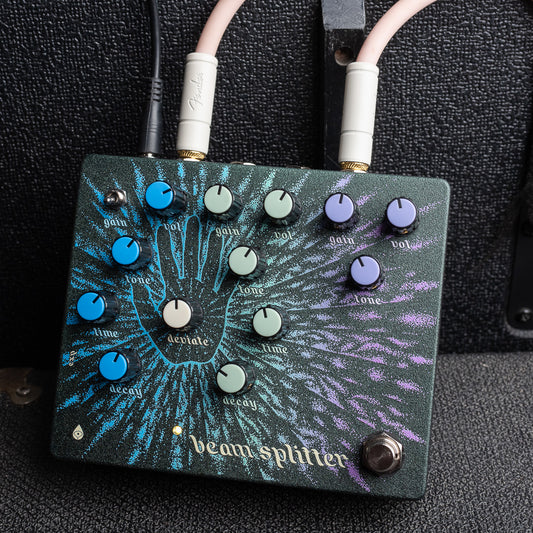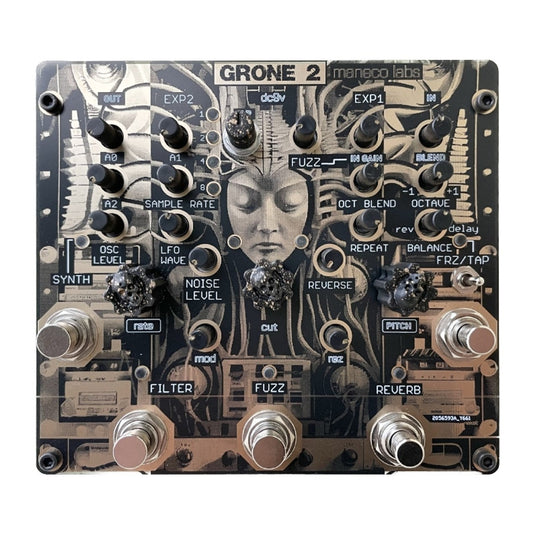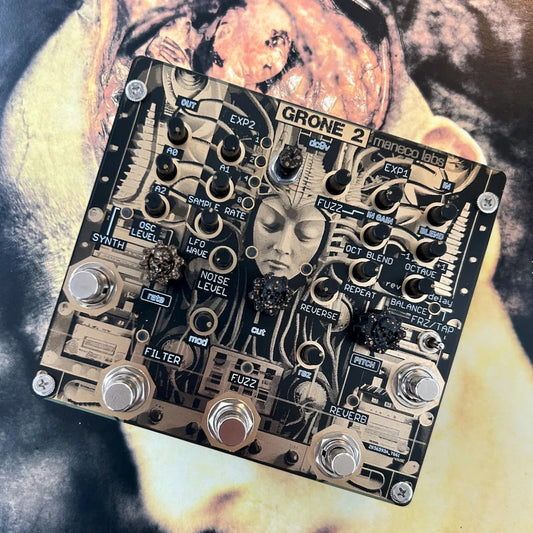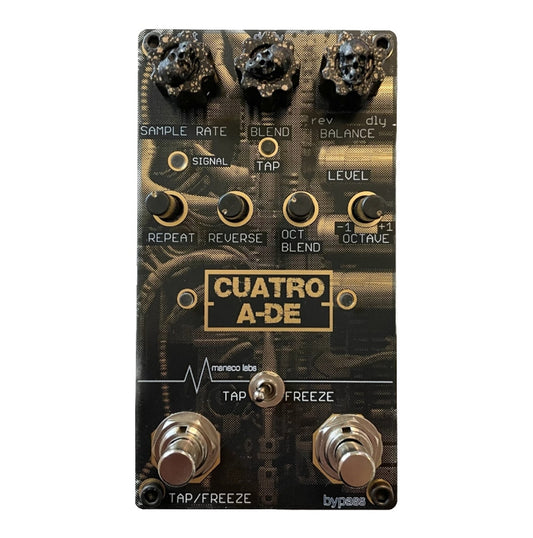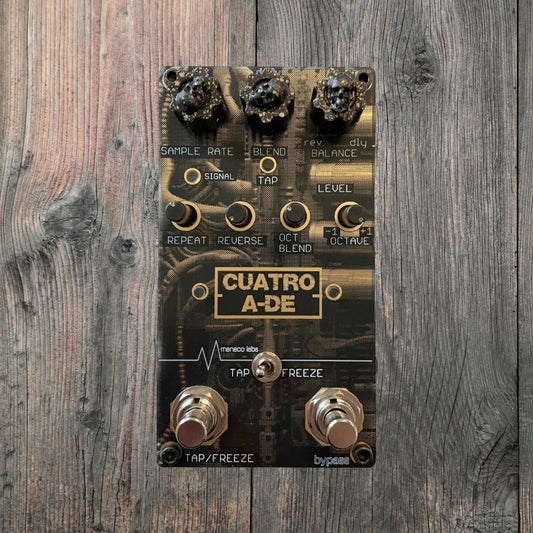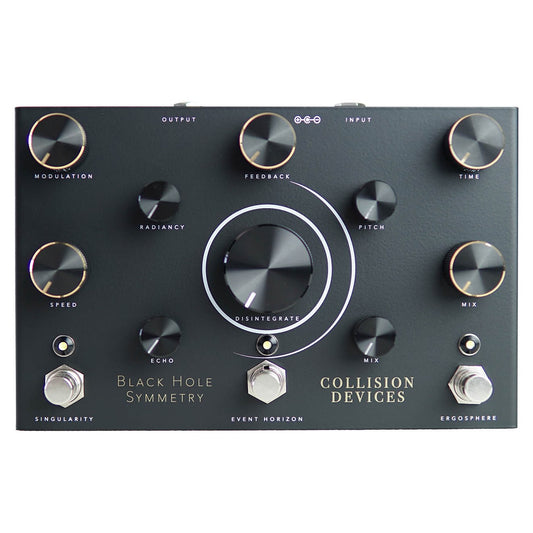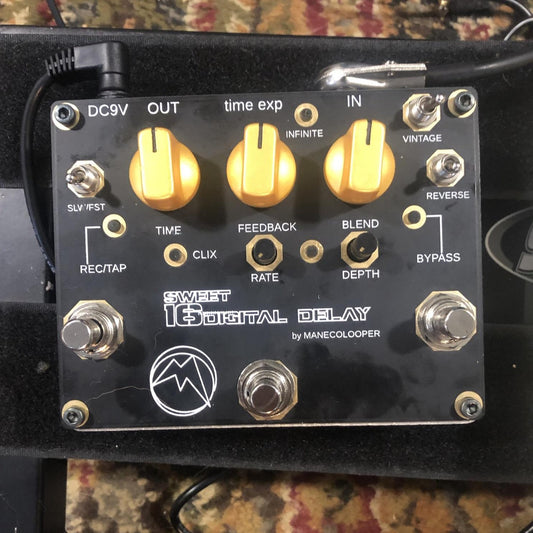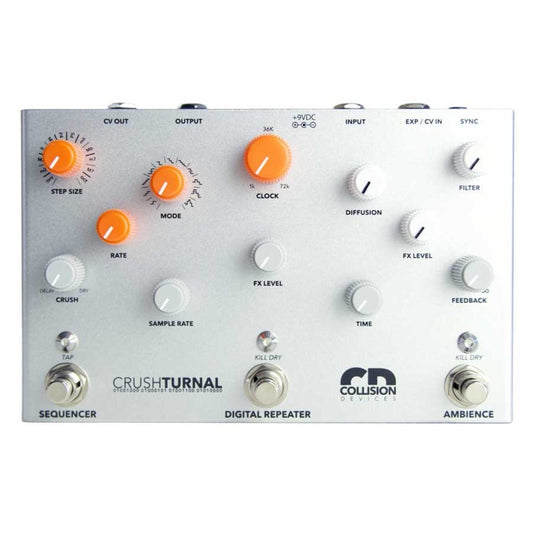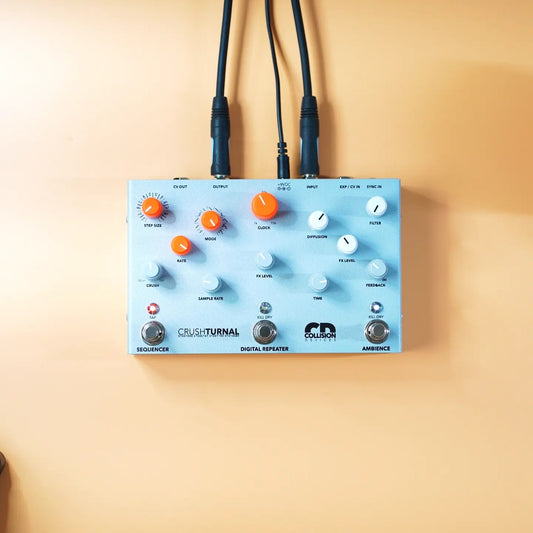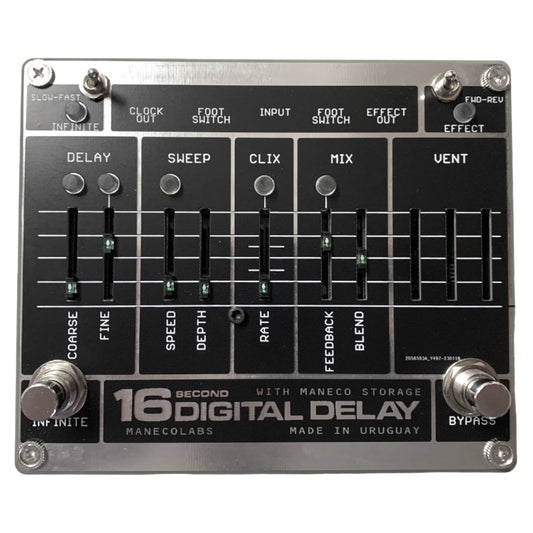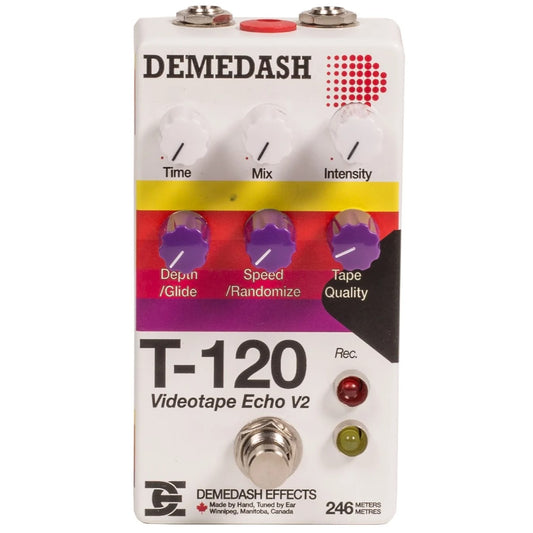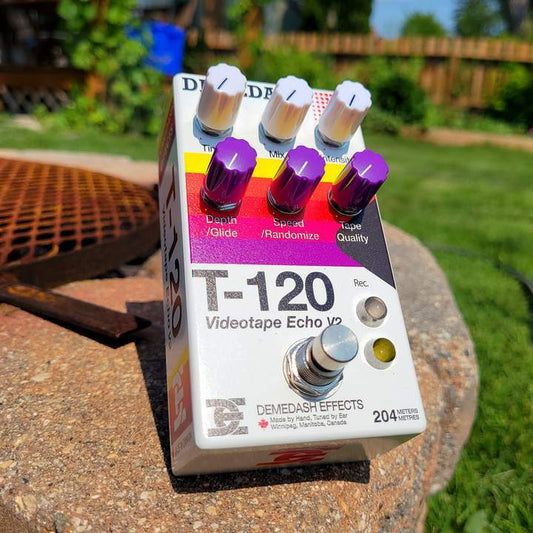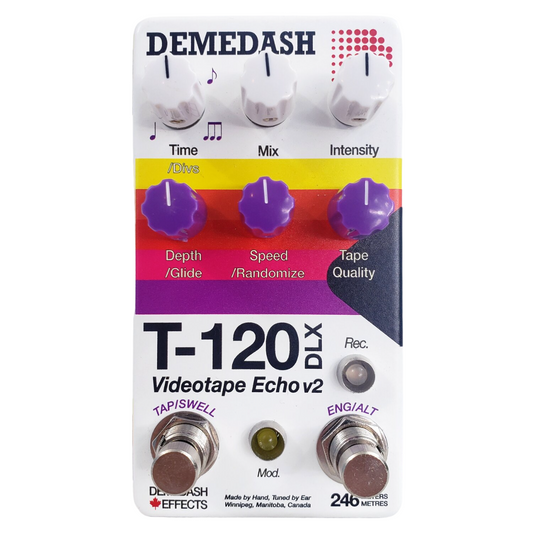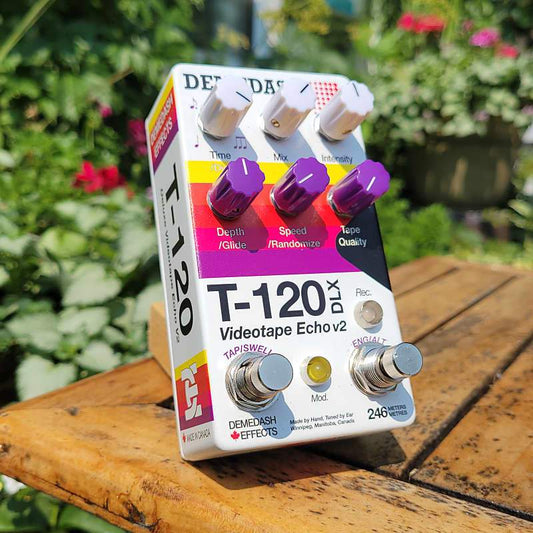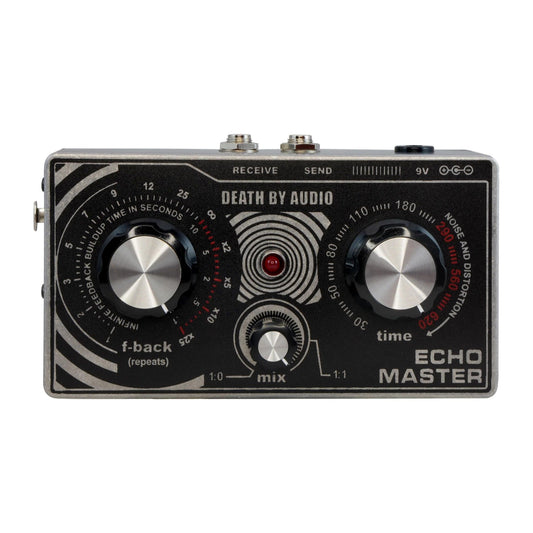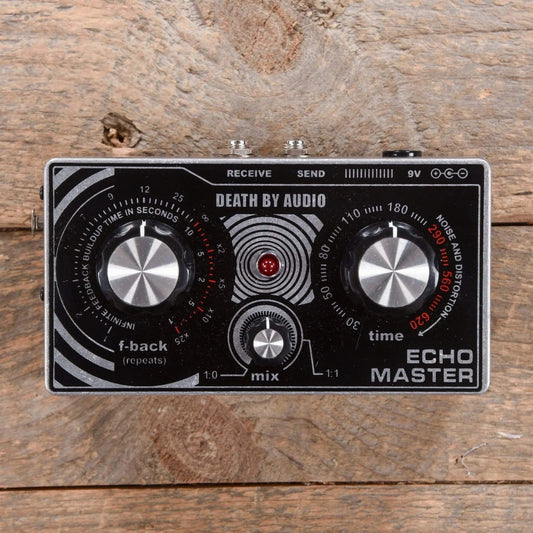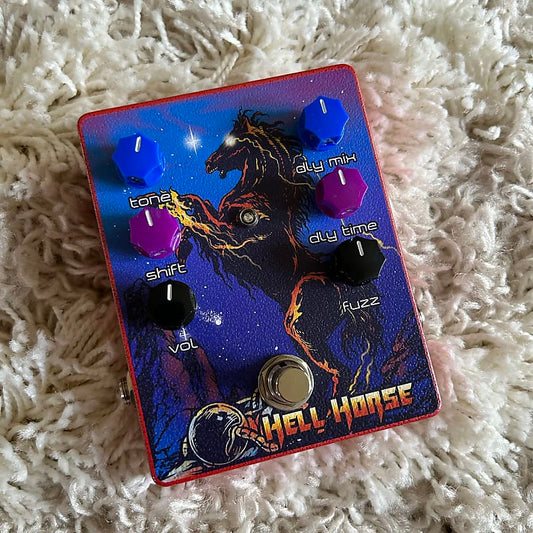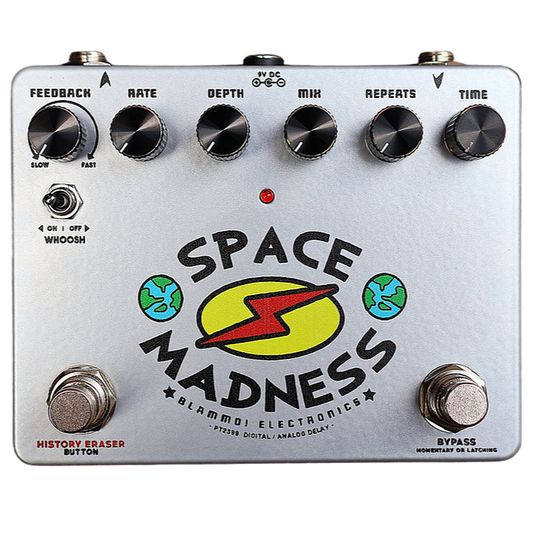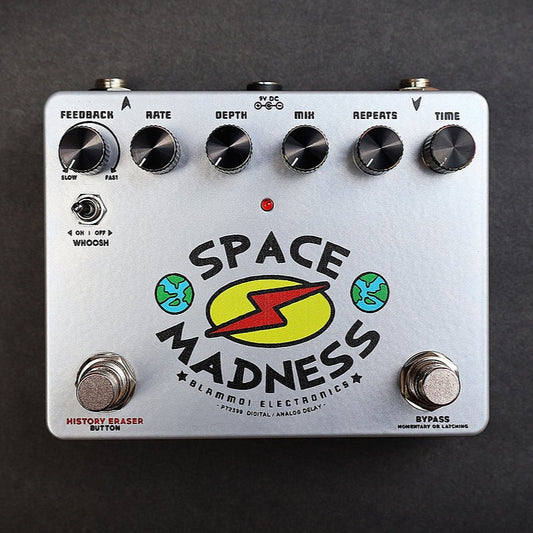Delay Pedals
-
Maneco Labs 16 Second Delay Vintage Compact Pedal
11 reviewsRegular price $295.00Regular priceUnit price / per -
Old Blood Noise Bathing Delay Pedal
2 reviewsRegular price $299.00Regular priceUnit price / per -
OBNE Black Fountain Pedal V4
4 reviewsRegular price From $219.00Regular priceUnit price / per -
OBNE Beam Splitter Pedal
3 reviewsRegular price $229.00Regular priceUnit price / per -
Maneco Labs Grone 2 Pedal
3 reviewsRegular price $465.00Regular priceUnit price / per -
Maneco Labs 4AD Pedal
6 reviewsRegular price $249.00Regular priceUnit price / per -
Collision Devices Black Hole Symmetry Pedal
1 reviewRegular price From $390.00Regular priceUnit price / per -

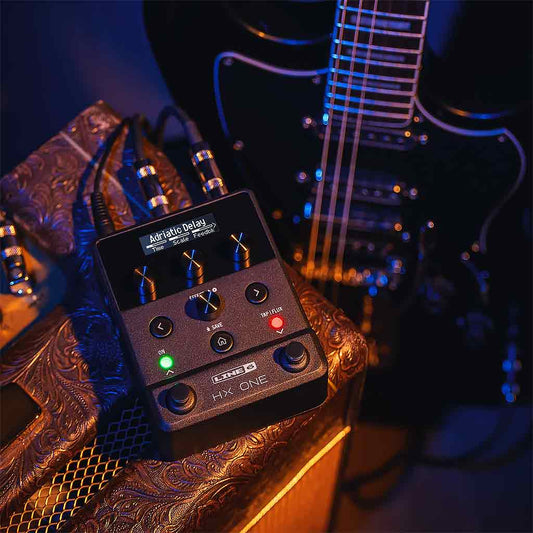 $142 off
$142 offLine 6 HX One Pedal
No reviewsRegular price $249.99Regular priceUnit price / per$391.99Sale price $249.99$142 off -
Maneco Labs Sweet 16 Pedal
3 reviewsRegular price $349.00Regular priceUnit price / per -
Collision Devices Crushturnal Pedal
2 reviewsRegular price From $390.00Regular priceUnit price / per -
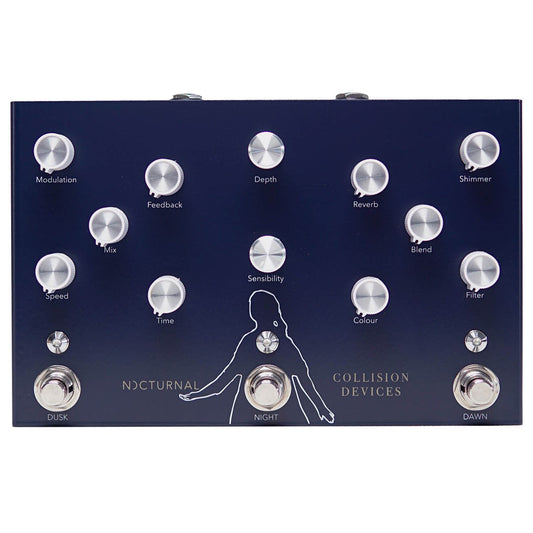
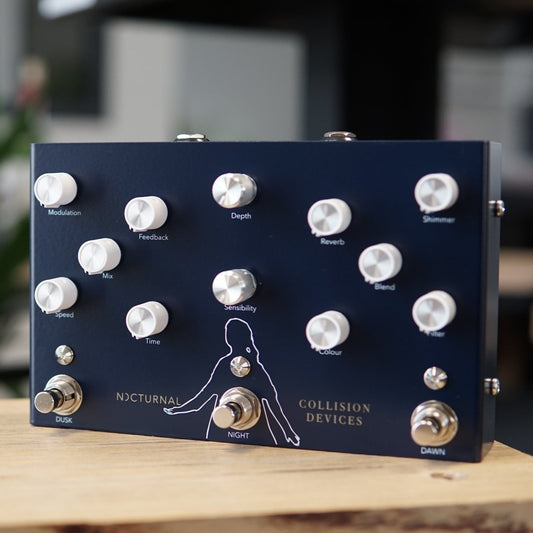 $151 off
$151 offCollision Devices Nocturnal Pedal
2 reviewsRegular price From $239.00Regular priceUnit price / per$390.00Sale price From $239.00$151 off -
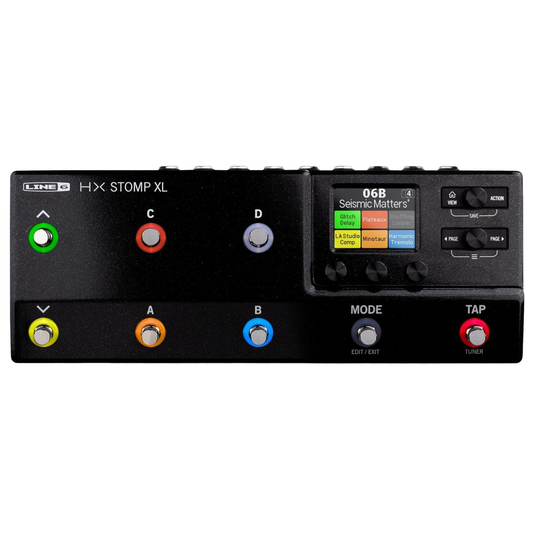
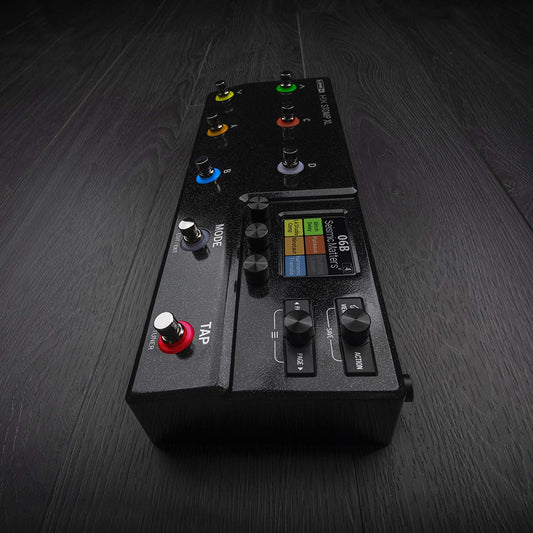 $100 off
$100 offLine 6 HX Stomp XL Pedal
No reviewsRegular price From $649.99Regular priceUnit price / per$749.99Sale price From $649.99$100 off -
WAT?! Ancient Echos Pedal
1 reviewRegular price $265.00Regular priceUnit price / per -
Maneco Labs Sixteen Second Delay Reissue Silver Pedal
1 reviewRegular price $575.00Regular priceUnit price / per -
Demedash Effects T-120 Videotape Echo Pedal V2
No reviewsRegular price From $225.00Regular priceUnit price / per -
Demedash Effects T-120 Deluxe Pedal V2
No reviewsRegular price From $325.00Regular priceUnit price / per -
Death By Audio Echo Master Pedal
No reviewsRegular price From $300.00Regular priceUnit price / per -
Dirty Haggard Hell Horse Pedal
3 reviewsRegular price $140.00Regular priceUnit price / per$145.00Sale price $140.00$5 off -
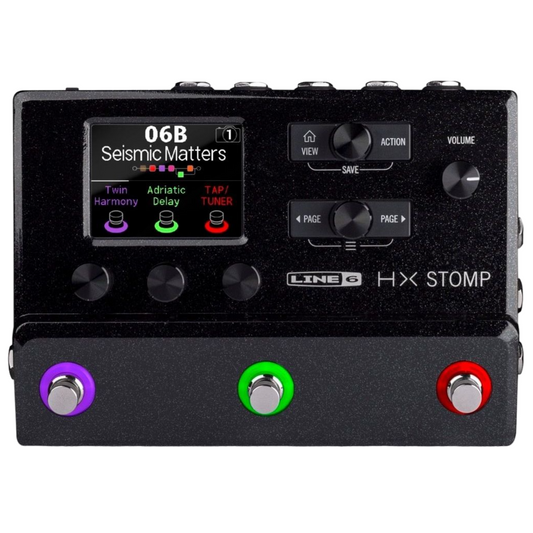
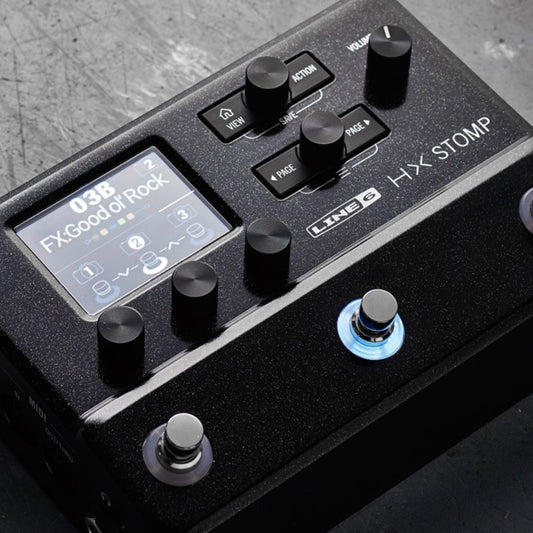 Sold out
Sold outLine 6 HX Stomp Pedal
No reviewsRegular price $599.99Regular priceUnit price / per$699.99Sale price $599.99Sold out -
BLAMMO! Space Madness Pedal
1 reviewRegular price $204.99Regular priceUnit price / per
Collection: Delay Pedals
What can a Delay Pedal do?
You can easily create echo-like repeats of your guitar’s signal with the help of a delay pedal.
Delay pedals are time-based guitar effects that emit repetitions of your instrument’s original signal. It records the note you just played and then plays it back after a set period. This allows you to produce delays ranging from a single echo to multiple repetitions.
The usual controls of a delay pedal include the delay time, feedback, and mix. You can tweak these settings to get the perfect amount of delay needed to add complexity and depth to your performance.
History of the Delay Pedal
The earliest use of the delay effect dates back to the 1950s when tape delay machines were used to emit echoes of an audio signal. Pioneers of such were devices like the Roland Space Echo and the Echoplex. These used magnetic tape to record and playback sounds with tweakable delay times.
By the 1970s, the analog delay effect became accessible as manufacturers put them into compact stomp boxes. These used bucket-brigade device (BBD) chips to achieve the same echo effect without utilizing tape.
Digital delay pedals were created in the 1980s. These versions of the delay offered precise and longer repeat times that added versatility to the pedal, giving musicians better control over the effect.
Today’s delay pedals continue to evolve with the help of advanced digital technology. Modern delay effects offer in-depth customization options and various modes that can create anything from tape-like echoes to complex, glitching repeats. This evolution of the pedal proves how crucial of a tool it is for shaping modern music.
Who uses Delay Pedals?
From rock and new wave to dream pop and experimental music, delay pedals are widely used by musicians across all genres to elevate their sound. The delay effect’s easily adjustable settings give any artist the freedom to tweak it according to their taste.
Some rock guitarists utilize the delay pedal to add atmosphere and thickness to their guitar tones. An example is David Gilmour of Pink Floyd. He employs a delay in his rig, making it a staple for achieving his legendary tone. Musicians like Eric Johnson and John Mayer also incorporate delay pedals in their music. They use it to add depth and create texture during their guitar solos. This use of the delay adds excitement to their music as well.
Vocalists are also keen on using delay pedals during performances. They are sometimes used with long repeats during spacious melodies or as a slapback to add a layer of thickness while performing. Even audio engineers and producers employ delay effects in the studio. It can be used to craft unique sonic environments that can complement a record’s emotions.
Why You Need a Delay Pedal
Using a delay pedal is one of the best ways to explore sonic territories you have never been to. Its versatility allows you to create echoes that add depth and dimension to your sonic palette.
You can use a delay pedal to emit subtle echoes that add ambiance to your tone. Creating rhythmic patterns that are extremely quirky is also possible by playing around with the pedal’s settings. You can even transform your guitar solos or riffs with a delay pedal, allowing you to create captivating tonal soundscapes.
Having a delay pedal on your pedalboard guarantees a unique and signature touch to your music. This makes the effect a must-have tool for any touring musician or studio artist.
Where to Buy Delay Pedals
Whether you’re in the market for an analog echo or digital delay pedal, expect that DeathCloud has the perfect choice for you. We carry premier-quality delay pedals from the industry’s top brands. Explore our selection and purchase the delay pedal to take your performances to the next level.


